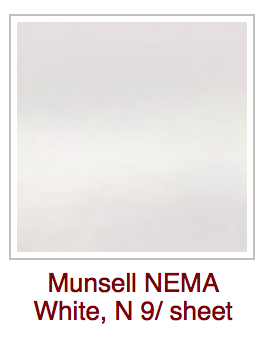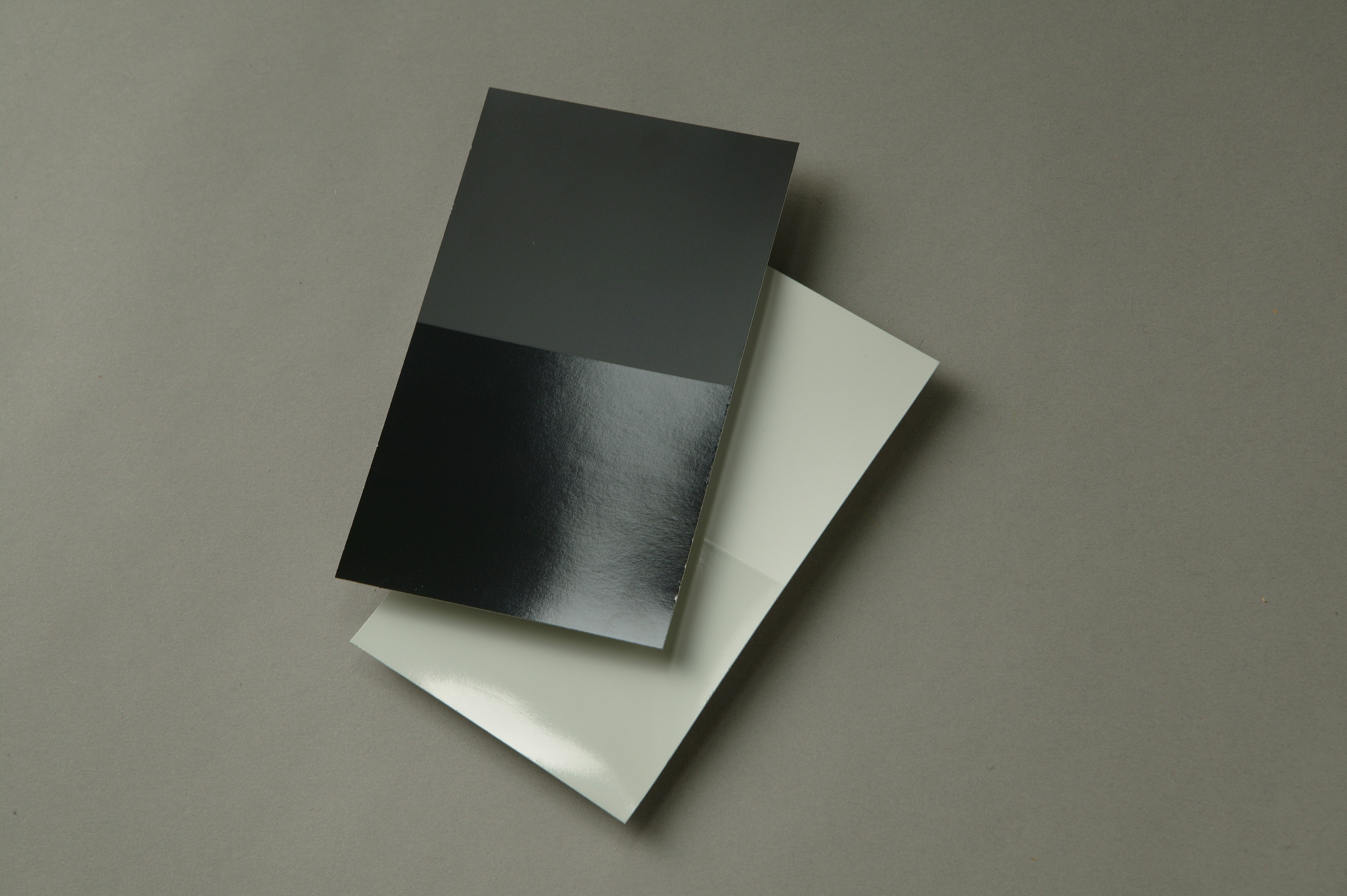Physical standards are one of the most precise ways to communicate color in many industries, including textiles, print, automotive, paints, food, chemicals, packaging, and plastics.
Many brand owners and designers communicate color expectations using physical standards, and suppliers and manufacturers rely on them to capture spectral data for formulation.
While physical standards can be a great help, they can also hurt business if they’re not cared for properly. Today we’ll look at five tips to help you preserve your physical samples so they maintain their integrity for as long as possible.
1. Keep them clean.
Archeologists and fine art dealers will do almost anything to avoid handling an original. Since color standards usually require many review cycles and approvals, and can be quite expensive to manufacture and replace. Shouldn’t they receive the same care?
- Be aware of airborne contamination, especially in lab environments. A dusty lab can lead to a dusty (and inaccurate) standard.
- Take care to not touch the surface, and always wash your hands before touching your standards. Careless handling can lead to scratches, and fingerprints can reduce surface gloss and texture.
2. Keep them away from light.
Many color standards are subject to fading. Protect yours from exposure to light (especially UV), heat, and humidity, and do not leave them sitting in the light booth when you’re not using them. Store your standards in black plastic bags without plasticizers, or in non-acidic archival envelopes. Keeping them in a refrigerator or freezer can also increase longevity.
- Be aware of airborne contamination, especially in lab environments. A dusty lab can lead to a dusty (and inaccurate) standard.
- Take care to not touch the surface, and always wash your hands before touching your standards. Careless handling can lead to scratches, and fingerprints can reduce surface gloss and texture.

Acid-free envelopes, like these used to store important photographs, are a great choice for keeping your standards safe. Photo courtesy of University Products Archival Company
3. Create master and working standards.
Whether your standards are handled many times each day or just once a week, they will eventually become soiled or scratched and must be pulled from commission. If you have another standard in reserve, you won’t have to go through the time and expense to recreate it.
Here are some tips:
- Make identical duplicate standards when you produce the original. Archive and preserve one with great care – this will be your “master” standard, which you can pull out when it’s time to create a new standard.
- Carefully store the others as your “working” standards.
- Use them one at a time, replacing when the current one becomes faded or damaged.
- Keep the standards controlled. Do not allow access by any random individual but rather they should be policed and secured by a manager or lead person. This also helps with accountability issues. The last thing you want is a missing master standard!
4. Use the proper inks and substrates.
Be sure to use the same inks and substrates that you’ll be using in production. For example, don’t use a plastic color standard to quality check a printed carton. The same can be said with any material. You may specify to a given color using a reference of dissimilar material, but you need to generate working master standards that are a representation of the finished good’s final appearance. If you’re manufacturing on multiple substrates or with multiple pigments, create a standard for each combination.
5. Hire an expert.
Good color comes down to achieving an acceptable tolerance. If your standards aren’t accurate, you’ll have a tough time pleasing your customers. That’s why you should trust the experts to help with this crucial task.
Along with its huge library of color standards, Munsell Color can also produce custom physical standards to help you validate your specific colors and processes.
 For example Munsell creates standards for the National Electrical Manufacturer’s Association (NEMA), which are used by all electrical manufacturing companies to help identify the purpose of wires. Using the Munsell NEMA Safety Color Standards to specify the color of wires, such as Munsell NEMA White, N 9/ for neutral, helps ensure safety for employees.
For example Munsell creates standards for the National Electrical Manufacturer’s Association (NEMA), which are used by all electrical manufacturing companies to help identify the purpose of wires. Using the Munsell NEMA Safety Color Standards to specify the color of wires, such as Munsell NEMA White, N 9/ for neutral, helps ensure safety for employees.

These ANSI standards from Munsell are designed to help specify product color and verify they are manufactured to ANSI specifications.
As you can see, taking good care of your standards doesn’t require a lot of energy, and the payoff comes quickly in specifying and producing accurate color.

